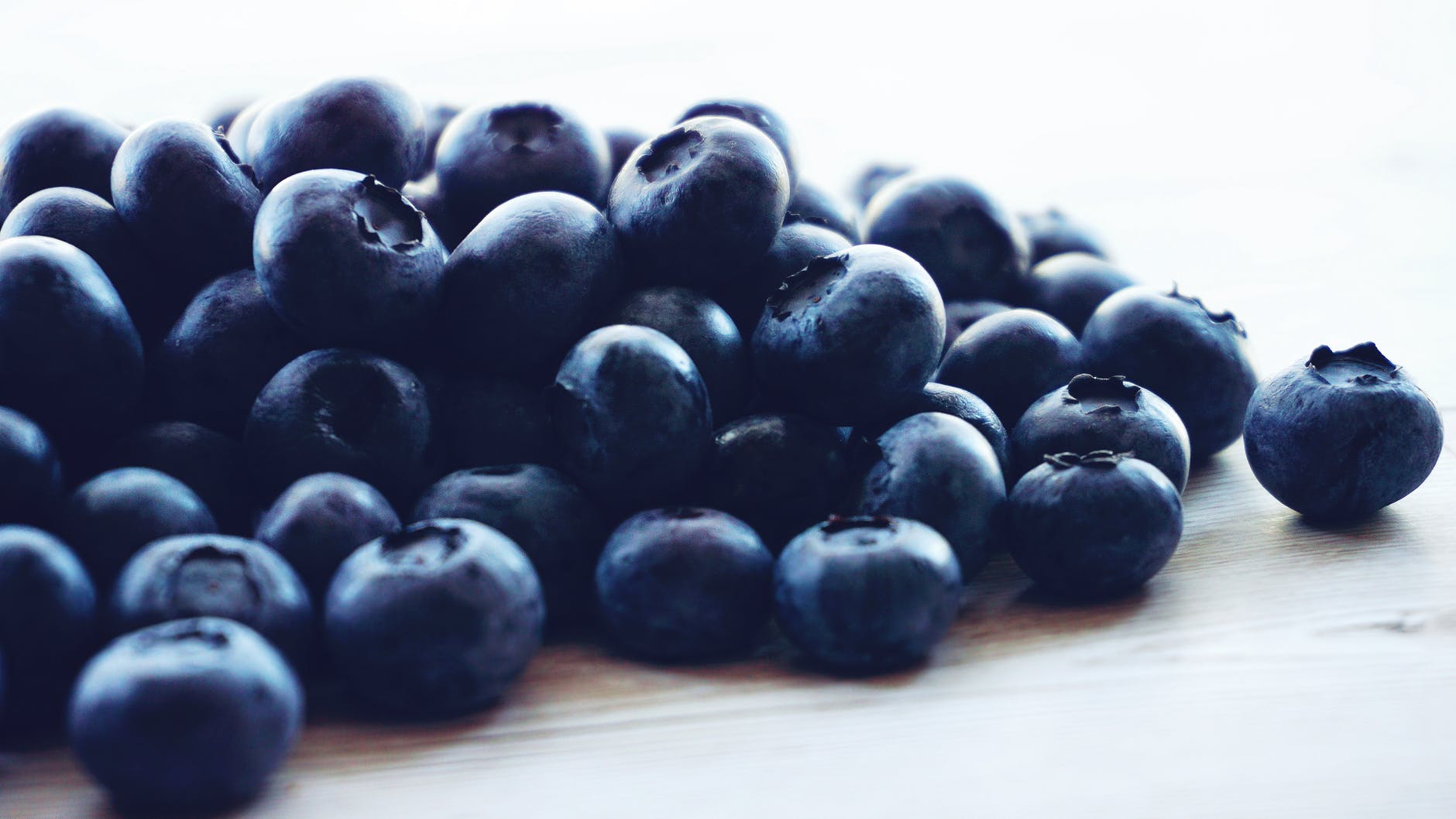Blueberries
Blueberries continue to be Canada’s top fruit export by volume and by value, accounting for 59.0% of export dollars, and 46.5% of export tonnage. These small blue globes have always been prized, and for centuries were a special favourite among Canada’s First Nations. Nowadays, Canada’s blueberries are commercially grown in both wild and cultivated varieties, making them unique—no other Canadian fruit shares this distinction.
Canada is the world’s largest producer of “lowbush blueberries,” which is another name for wild blueberries. Most are grown commercially in Quebec and the Atlantic provinces. They are native to Eastern North America and grow best on treeless land or on land that has been burned over. Wild blueberries are unusual because growers do not plant them, but instead manage wild stands that spread naturally by means of underground runners. Since managed wild blueberry fields can have several distinct runner systems, the berries are often not uniform in appearance—but the delectable taste is always the same. “Highbush” refers to cultivated blueberry plants, which were developed from the wild variety in the first half of the 20th century. British Columbia grows the majority of highbush blueberries, but they can also be found in Ontario, Quebec and Nova Scotia. They are harvested earlier than lowbush berries and are larger and less perishable, which makes them highly suitable for shipping to retail markets. As a result, much of the highbush crop is sold fresh, in contrast to the lowbush crop, which is mostly destined for processing and freezing.
Canadian blueberries are delicious in pancakes, pies, tarts, muffins, sauces and cakes, but they are amazingly versatile in other dishes as well. Their fresh, natural flavour enhances the taste of pork, chicken and game, and chefs can combine them with almost any other fruit or berry to make a delectable dessert. Thanks to market demand, there’s been a dramatic increase in blueberry growing area and production during the past decade—for both wild and cultivated varieties. This demand is fuelled by a rising awareness of the health benefits associated with dietary antioxidants, which occur naturally in a number of berries. Blueberries are extremely rich in these antioxidants, which makes them especially appealing to health-conscious consumers. They are also low in calories, high in fibre and nutrients, and may contribute to heart health since they appear to act as an anti-inflammatory and may reduce blood cholesterol levels.
Canadian blueberries are grown in clean, healthy conditions. They are monitored by the Canadian Food Inspection Agency (CFIA), which ensures that they comply with grading, packaging and labelling regulations. Blueberries are a delicate fruit, harvested with great care to ensure maximum quality, while advances in processing mean that they are in top condition when they reach consumers.



